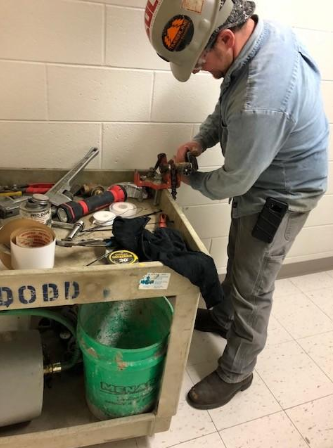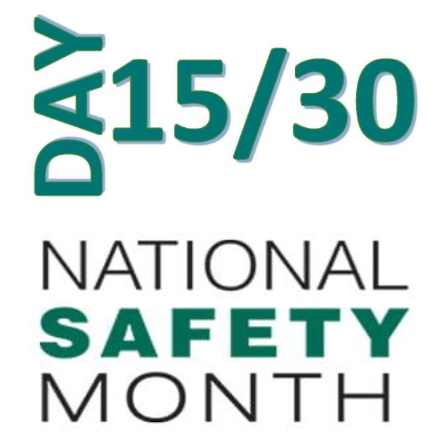
Check out this GREAT article on the importance of PPE!
29 JUNE, 2017
THE IMPORTANCE OF PPE IN THE WORKPLACE
Personal Protective Equipment (PPE) is specific safety gear, which workers may be advised or required to wear, depending upon the nature of their work or workplace.
Regulations governing the use of PPE are generally implemented to address a specific hazard or risk. Typically, what PPE is required in a particular workplace depends upon a risk assessment, undertaken by the manager of said site.
According to Safe Work Australia, PPE refers to ‘anything used or worn to minimise risk to workers’ health and safety’. This includes, but is by no means limited to:
-
boots
-
ear plugs
-
face masks
-
gloves
-
goggles
-
hard hats
-
high visibility clothing
-
respirators
-
safety harnesses
-
safety shoes
-
sunscreen
As many workplaces are required, under WHS legislation, to engage in risk management and conduct assessments of risk, the use of PPE is often required as a safety measure. It is, however, something of a ‘last resort’. All other necessary measures must be taken before implementing PPE.
Under WHS laws, PCBUs are responsible for eliminating health and safety risks, and PPE is often one such control measure.
While the provision of PPE can fall under either the duty of the employer, or the workers themselves, wearing PPE when instructed, in light of a risk management scheme, is required by law. Keeping aware of workplace requirements in this regard is the responsibility of everyone on site.
Regulations 36, 44, and 45 of the model WHS Regulations cover the requirements of businesses relating to PPE.
PPE exists to safeguard the wellbeing of workers, and is vital in terms of best practice and risk mitigation.
For more information, see the following links about PPE in the Australian workplace:
Safework Australia: https://www.safeworkaustralia.gov.au/ppe
Workplace Health and Safety: https://www.worksafe.qld.gov.au/injury-prevention-safety/managing-risks/personal-protective-equipment-ppe
https://www.baselinetraining.com/importance-ppe-workplace/
Related Topics: National Safety Month, PPE, Safety Tips, Monthly Safety Topics
